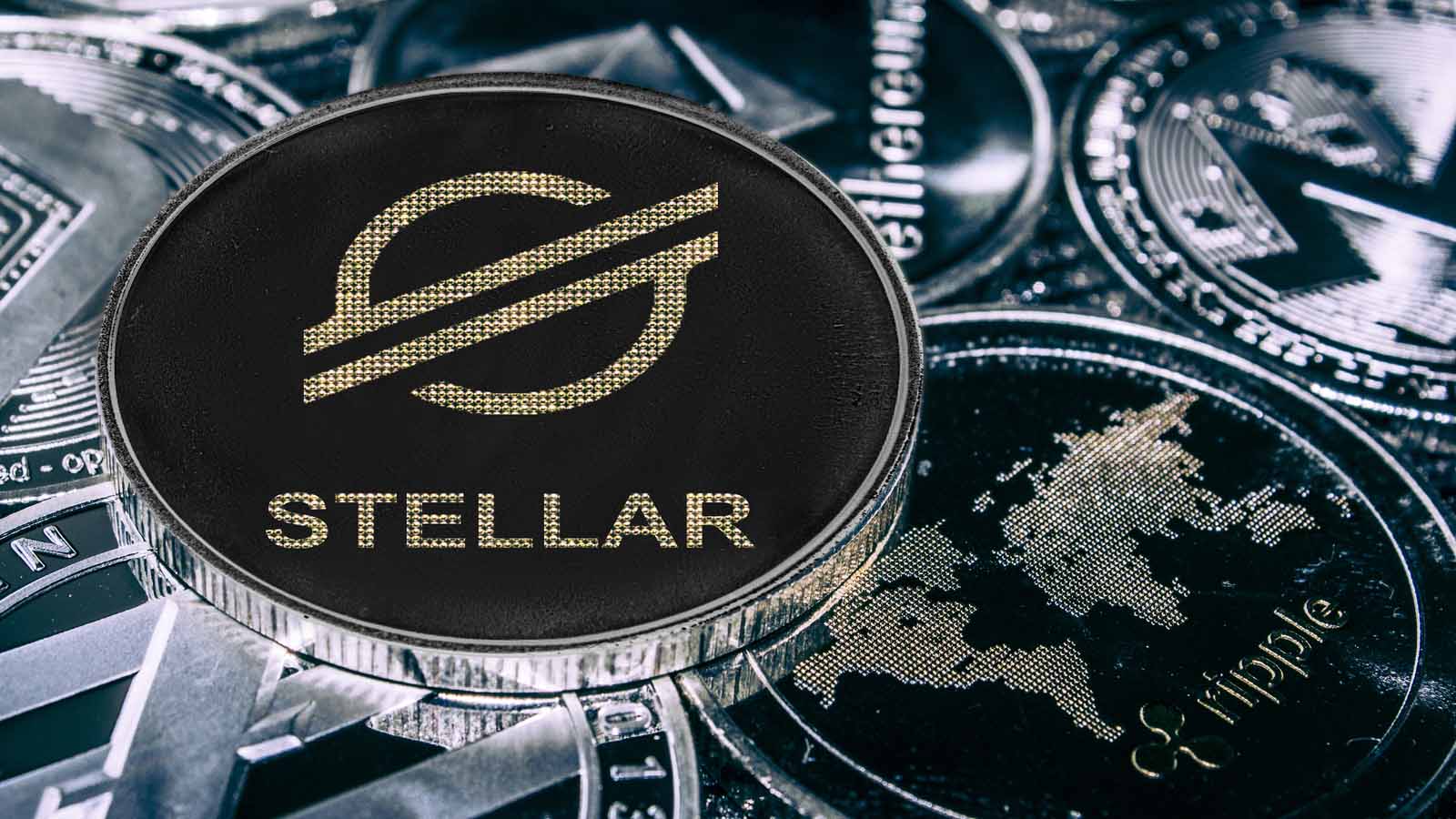Stellar Blockchain and XLM: The New Standard in Digital Payments

The world of digital payments has been revolutionized by the Stellar blockchain and its native cryptocurrency, Stellar Lumens (XLM). Let’s delve deeper into the stellar Stellar network and its impressive features.
Stellar Blockchain: The Basics
Launched in 2014 by Ripple co-founder, Jed McCaleb, Stellar aims to provide a global financial infrastructure that’s simple, secure, and accessible to all. Its protocol is open-source, fostering a spirit of decentralization and collaboration.
One of the unique elements of Stellar is its consensus protocol known as the Stellar Consensus Protocol (SCP). This model enables rapid and efficient transaction processing while ensuring a high level of security and reliability.
Stellar Lumens (XLM): A Cryptocurrency with a Difference
Stellar Lumens (XLM) is the native cryptocurrency of the Stellar network. It serves as the operational fuel for the network, underpinning all transactions and functions.
Unlike many cryptocurrencies, Stellar Lumens are not mined. Instead, all Lumens were generated at the Stellar network’s launch and are subsequently distributed through various mechanisms such as the Stellar Development Foundation and airdrops.
Why Stellar and XLM Stand Out
Stellar and XLM bring to the table a range of features that make them a preferred choice for many. Stellar’s transaction speed is impressive, with transactions usually processed within 2-5 seconds. The transaction cost, paid in Lumens, is fractional, making it an attractive choice for digital payments.
In addition to this, Stellar supports various tokens and assets, further enhancing its versatility as a platform for digital assets.
Stellar and XLM: A Conclusion
Stellar and its native cryptocurrency, XLM, offer an innovative and efficient approach to digital payments and transactions. With their rapid transaction speeds, minimal fees, and support for a variety of assets, Stellar and XLM are poised to reshape the digital financial landscape.




